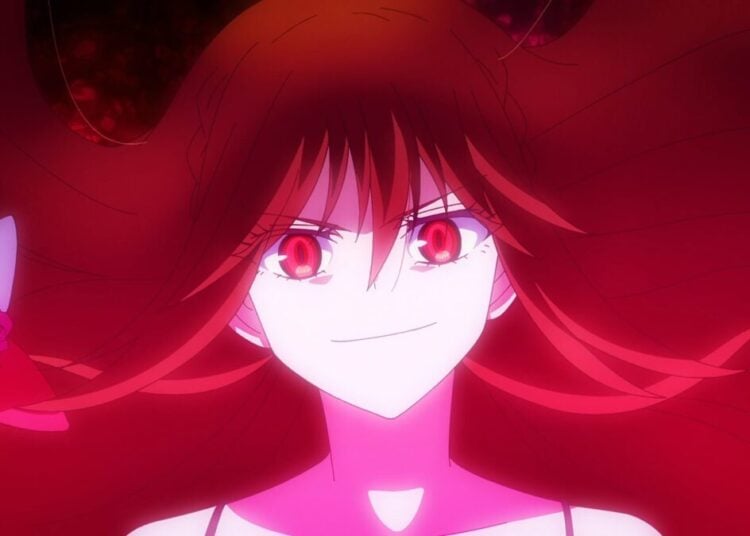The Final Fantasy series has come a long way in 35 years since its debut on the Nintendo Entertainment System in 1987. No one could have guessed a game meant to be Hironobu Sakaguchi’s final project would spawn one of the biggest franchises. Today, Final Fantasy has over one hundred titles if players count all spinoffs. Now, we’re here celebrating the release of Final Fantasy XVI. We’re a bit late, but we decided to sit down and digest the game for all it offers before writing our review. And I also work two jobs that make completing a 70-hour game impossible in one week. A few weeks have passed, so we’ll go into greater detail than usual.
Spoiler Warning Advised.
Main Story
Final Fantasy XVI takes place in Valisthea. There are six nations, each in control of a different eikon (the term used to describe summons this time around). Each eikon represents a unique element.
- Fire — Phoenix
- Ice — Shiva
- Thunder — Ramuh
- Wind — Garuda
- Earth — Titan
- Light — Bahamut
- Darkness — Odin
The main character is Clive Rosfield. As Rosaria’s first-born prince, Clive is expected to inherit the gift of the Phoenix. However, he only receives a small blessing, allowing him to perform strong magic, but otherwise cannot call upon the eikon. Instead, fate bestows Phoenix to his younger brother, Joshua. Clive trains to be a soldier in his father’s army to serve as Joshua’s private shield. Just as Clive and Joshua seem to find their place in the world together, all of this comes to an untimely end when Clive awakens and transforms into the second eikon of fire, Ifrit. In a fit of absolute madness, Clive stomps Phoenix into the dirt and kills his younger brother, unaware of it all as it happens.
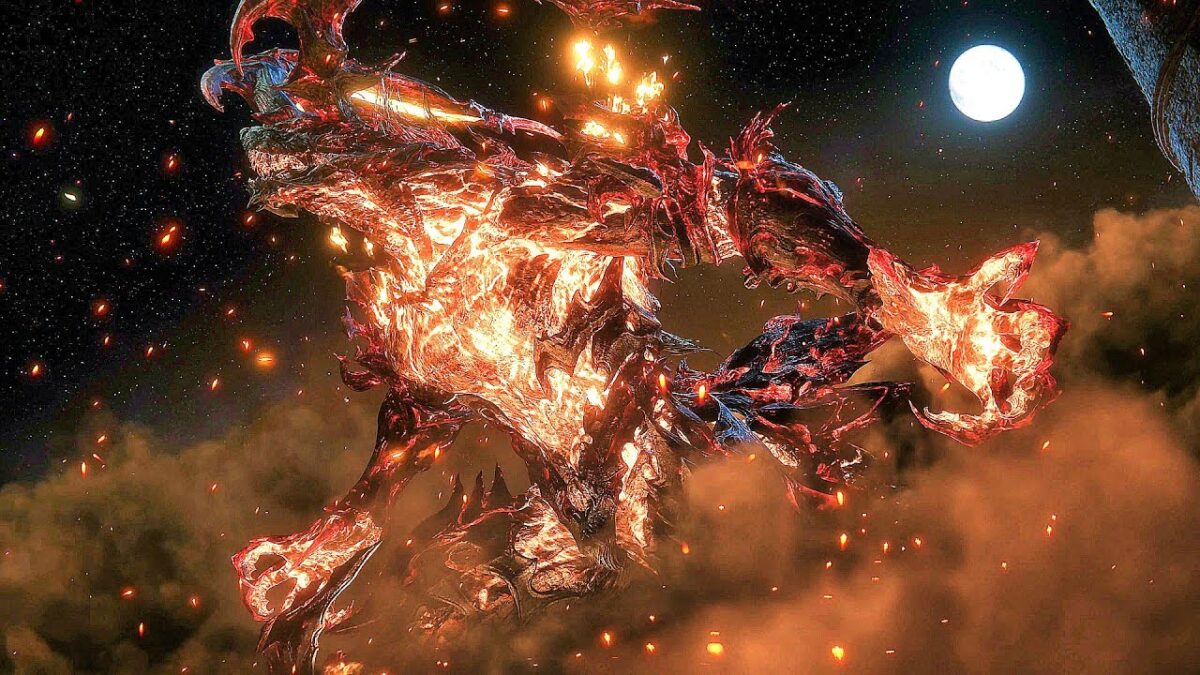 Final Fantasy XVI opens with a robust prologue chapter detailing Clive and Joshua’s past and establishes character relations. Running with an overarching theme of “knowing one’s duty” and defying destiny, characters struggle with inner turmoil. There is plenty to invest in. Sadly, that’s not true for the world’s conflict. We’re shown warzones, talk of alignments, and even witness betrayal, all with little explanation. The first 7-10 hours of the game focus on Clive, wallowing in his grief for thirteen years, unable to accept that his brother is dead. Any development of the subtextual conflict between nations occurs at a snail’s pace. Information not directly linked to the main characters is slow-dripped and often feels generic, worthless, and forgettable. Most of it isn’t really explained until the last 20% of the story.
Final Fantasy XVI opens with a robust prologue chapter detailing Clive and Joshua’s past and establishes character relations. Running with an overarching theme of “knowing one’s duty” and defying destiny, characters struggle with inner turmoil. There is plenty to invest in. Sadly, that’s not true for the world’s conflict. We’re shown warzones, talk of alignments, and even witness betrayal, all with little explanation. The first 7-10 hours of the game focus on Clive, wallowing in his grief for thirteen years, unable to accept that his brother is dead. Any development of the subtextual conflict between nations occurs at a snail’s pace. Information not directly linked to the main characters is slow-dripped and often feels generic, worthless, and forgettable. Most of it isn’t really explained until the last 20% of the story.
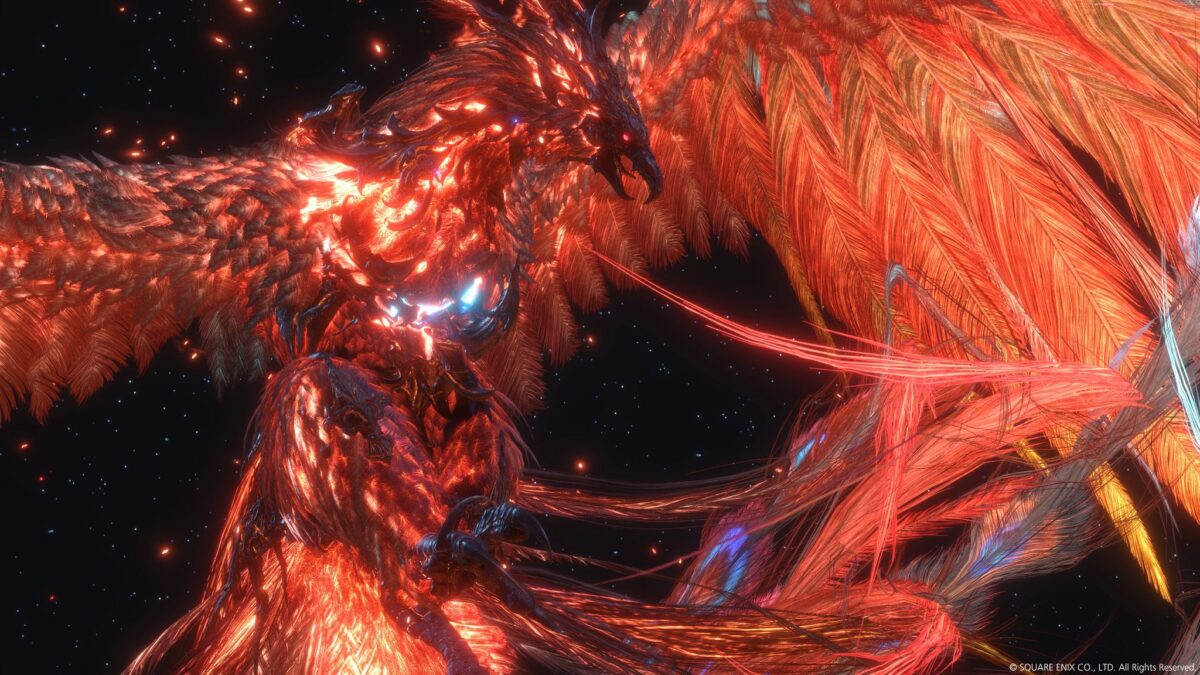
Final Fantasy XVI starts to pick up the pace once Clive realizes that he was the one who killed his brother and returns to the ruins where it all happened. Upon entering the catacombs and discovering further secrets, he sets out with Jill (Shiva) and Cid (Ramuh). Their mission? To stop the Blight – a plague consuming the land and draining life from everything. The end goal? To build a world not governed by fate – where every person is free to live on their own terms.
Even when you’re sitting at the 85% completion mark, Valisthea isn’t an exciting location and is dealing with a crisis we’ve already seen in several other games before. And, done better. If you’re not enjoying the characters by then, don’t expect much from it. And speaking of…
Characters
The biggest draw of Final Fantasy XVI is, without question, the cast. The dynamic and character relations are emotional and stimulating in a way that I don’t think we’ve seen for Final Fantasy. Clive bears the burden of holding a rotting world together. In contrast, Joshua feels the weight of keeping Ultima (the game’s antagonist) at bay to protect Clive. Funnily enough, these roles were initially assigned opposite at birth. Clive was intended to be Joshua’s shield when Joshua led politically as a future king. Their brotherly relationship is tender and heartwarming, as well as beautifully tragic. Dion’s conflict between obeying his father and following his own judgment for the good of his people is relatable. The romance with Jill is slow-cooked but builds up for a bittersweet and tearful romance without feeling forced. It all feels believable instead of like a developer’s self-insert power fantasy.
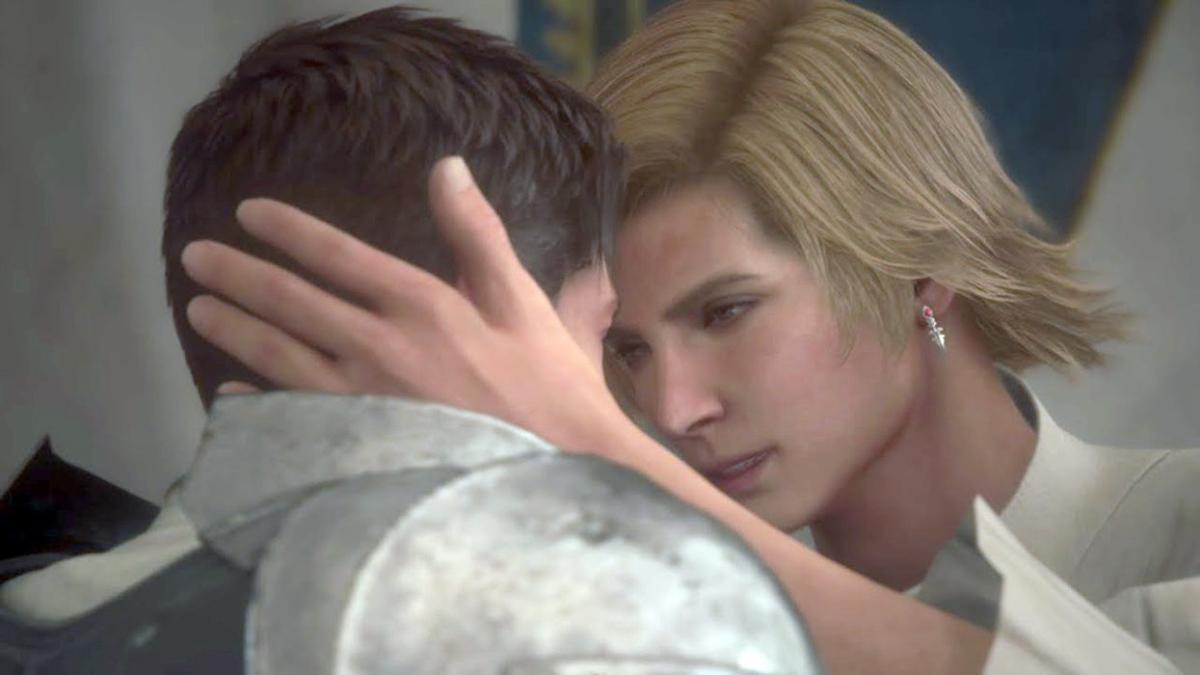
The voice acting? Phenomenal. Every single actor. We’ll keep our eyes open for them at the Game Awards this year for Best Performance (especially Ben Starr, Ralph Ineson, and Nina Yndis).
- Clive Rosfield — Ben Starr
- Joshua Rosfield — Logan Hannan
- Jill Warwick — Charlotte McBurney / Susannah Fielding
- Cidolfus Telamon — Ralph Ineson
- Benedikta Harman — Nina Yndis
- Hugo Kupka — Alex Lanipekun
- Dion Lesage — Stewert Clarke
- Barnabas Tharmr — David Menkin
- Ultima — Harry Loyd
Gameplay
I imagine after FF15, FF7R, and Strangers of Paradise, Square Enix would know how to improve its action-oriented battle systems since combat makes up 90% of all gameplay. Sadly, Final Fantasy XVI doesn’t. You can get through any fight by spamming the same combo of eikon abilities in a rotation most of the time. Between the basic square-button combo and commanding Torgal (your dog, a very good boy at that) to heal or attack, there isn’t much need for thought.
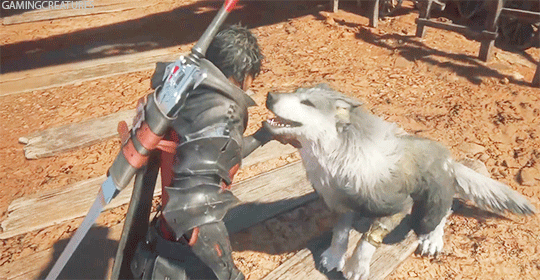
I can see why it’s upsetting to not feel even a bit challenged. But on the other hand, after a long day at work, I can’t say it’s terrible. I didn’t mind playing NieR:Automata with 100% automatic combat assistance. So, having it for 50% of Final Fantasy XVI doesn’t anger me either. It can be toggled on and off whenever you’d like, depending on what accessories you equip. Pick your poison.
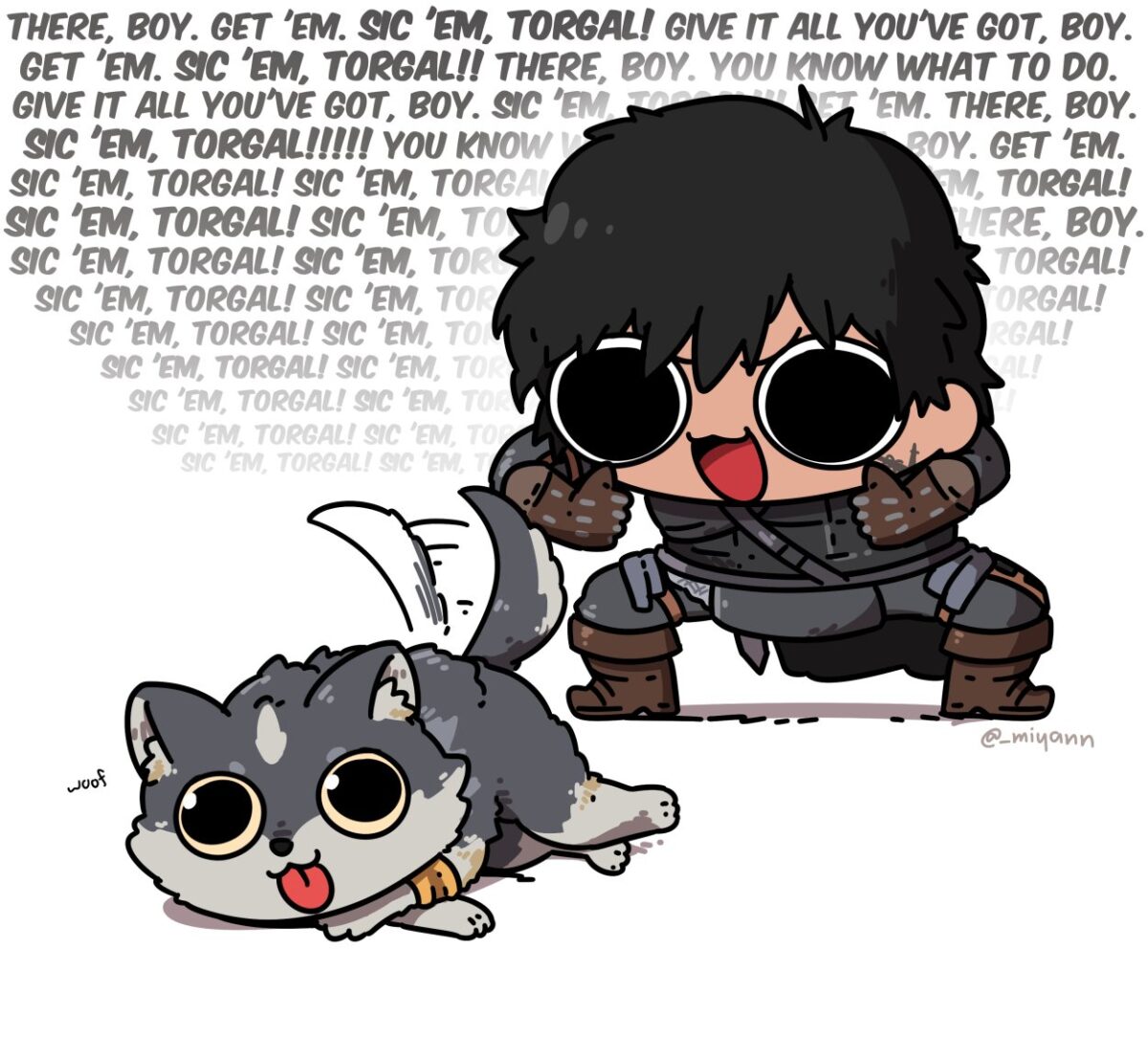
Frankly, I’m more annoyed that an action RPG doesn’t always have a minimap on screen. Or the fact that the developers thought it was necessary to have two different mechanics for opening doors.
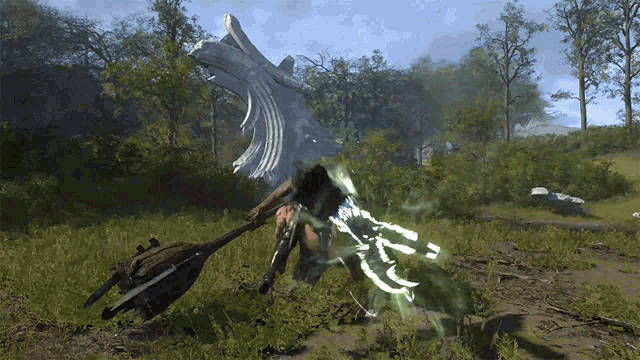
Something worth commenting on is that the gameplay feels a tad incomplete, and I know why. During a panel hosted by a game designer in Tokyo, I remember the lecture about time constraints. She told us that content is often cut to meet deadlines when development doesn’t smoothly go as hoped. With that in mind, it feels like that’s what happened. During the prologue, we use Clive and control Phoenix and Joshua for a brief period. Afterward, there is only one other instance to play as Phoenix, and then never again.
Often times it feels like there are gaps in content where we might have jumped to experience story content from Joshua’s perspective, seeing as (spoilers) he isn’t dead. But it’s easier to recycle enemy data to make a few extra fetch-quests than to animate entire cutscenes, build new environments, and program new boss mechanics. Could Joshua’s gameplay be future DLC? Maybe. Is any of this confirmed? No. Only theory.
Side Content
Here’s where it can be haphazard. Final Fantasy XVI has three categories of side content.
Basic side quests are marked with an exclamation point. Most of these start out as basic fetch-quests. Several are skippable. Most don’t give valuable amounts of EXP or Gil. Some give insight into local cultures and explain world lore. Late-game quests even give rewarding stories about local restoration.
Additional Content quests are marked with a plus sign. These unlock in-game features. Chocobo riding, for example. Some might give blacksmith recipes. Others might increase inventory space or expand items available in shops.
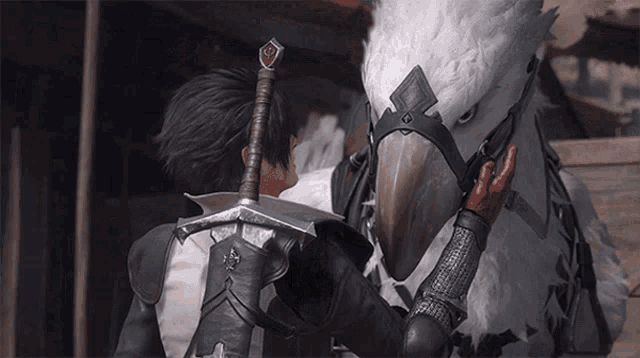
Both of these types of quests will lead down to a sub-series of stories that, if completed, grant crafting materials for endgame armor, weapons, and in-game collectibles. Nearly all of them are centered around the NPCs. So if you find yourself curious about Gav, Tarja, or spoil your dog, Torgal, you’ll find these worth doing.
Finally, hunting boards are where the big rewards are. This is how you get big money and rare items for crafting the best weapons and armor in the game. And if you’re looking for more of a fight that you need to plan for, look no further. By a far margin, I got more game-overs from hunting board bosses than the main story content.
Final Verdict
There is a great deal of care put into the characters and relationships. But the game is soiled by its lackluster combat and subpar world to explore. To sum it up…it’s mid. Is it at the bottom of the barrel with FF2, FF8, and FF13? No. Is it contending to be the crowned jewel of the franchise alongside FF9, FF10, and FF14? Certainly not. It’s a Final Fantasy for right now. Serviceable. However, it will not hold a long-lasting legacy.
Looking forward to Final Fantasy VII: Rebirth? We’ve got plenty of FF7 products on sale at our store. A pre-order requires as little as a $5.00 deposit. For the bold and brave, get your hands on the Wall Market Cloud Strife figurine.


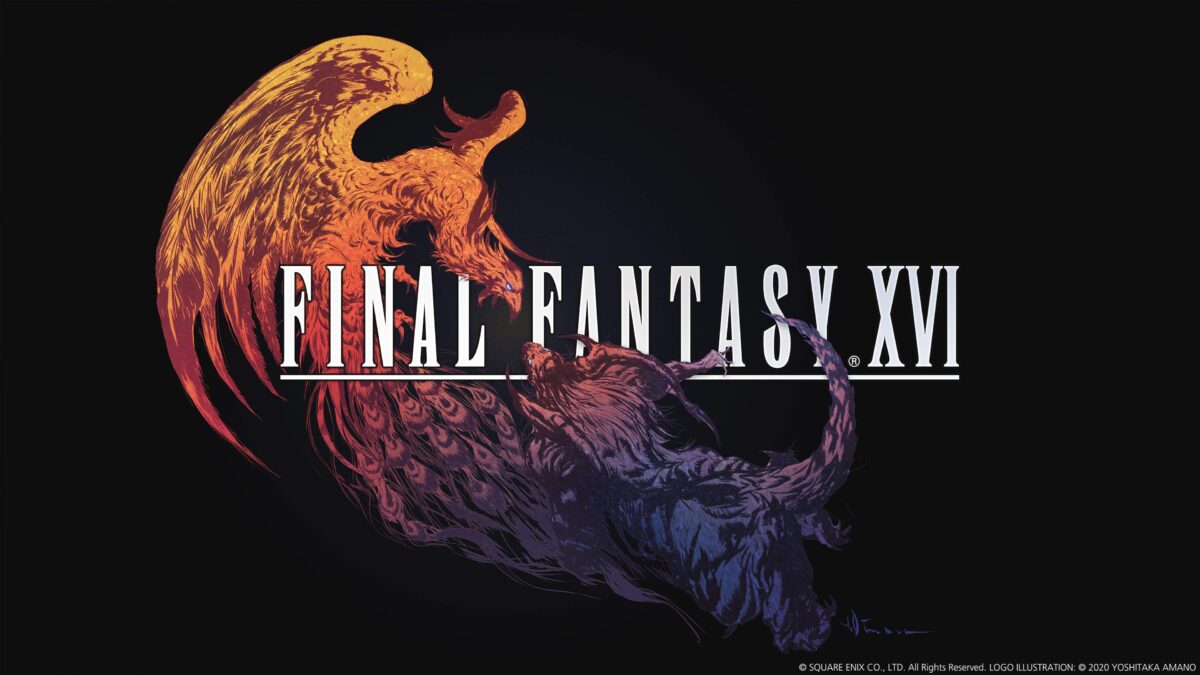
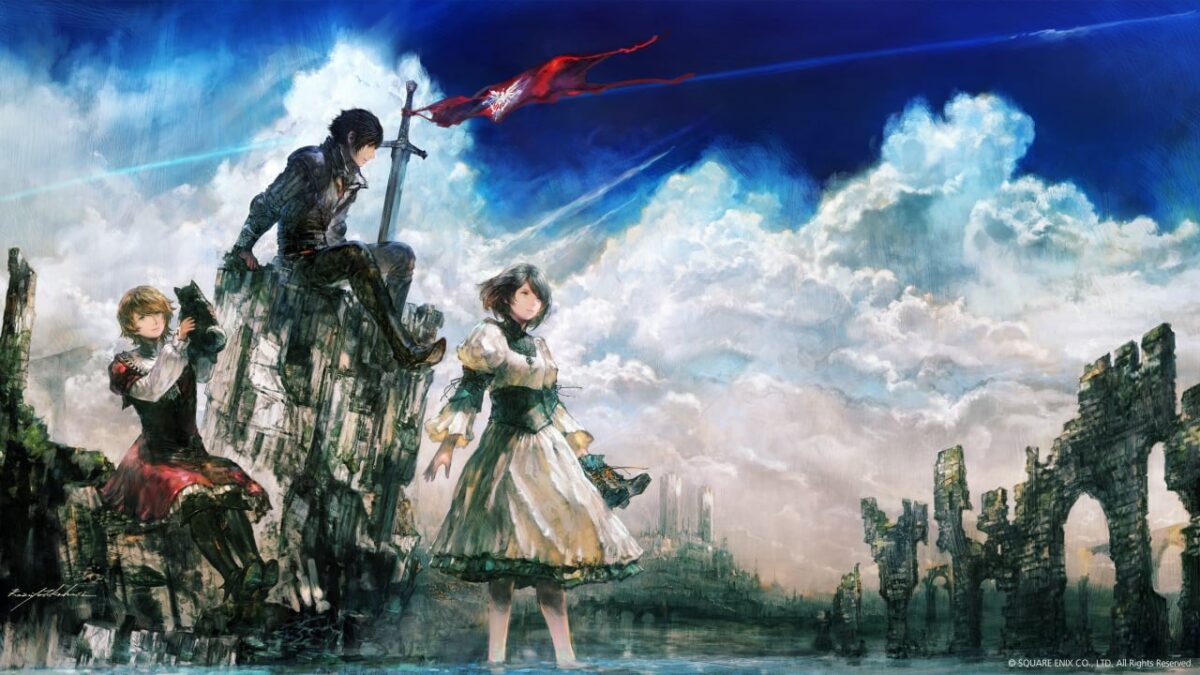
![Sawaranaide Kotesashi Kun Episode 12 [END] Featured Image](https://blog.jlist.com/wp-content/uploads/2025/12/Sawaranaide-Kotesashi-kun-Episode-12-END-Featured-Image-750x536.jpg)
